Creating a Pet First Aid Kit: Must-Have Supplies
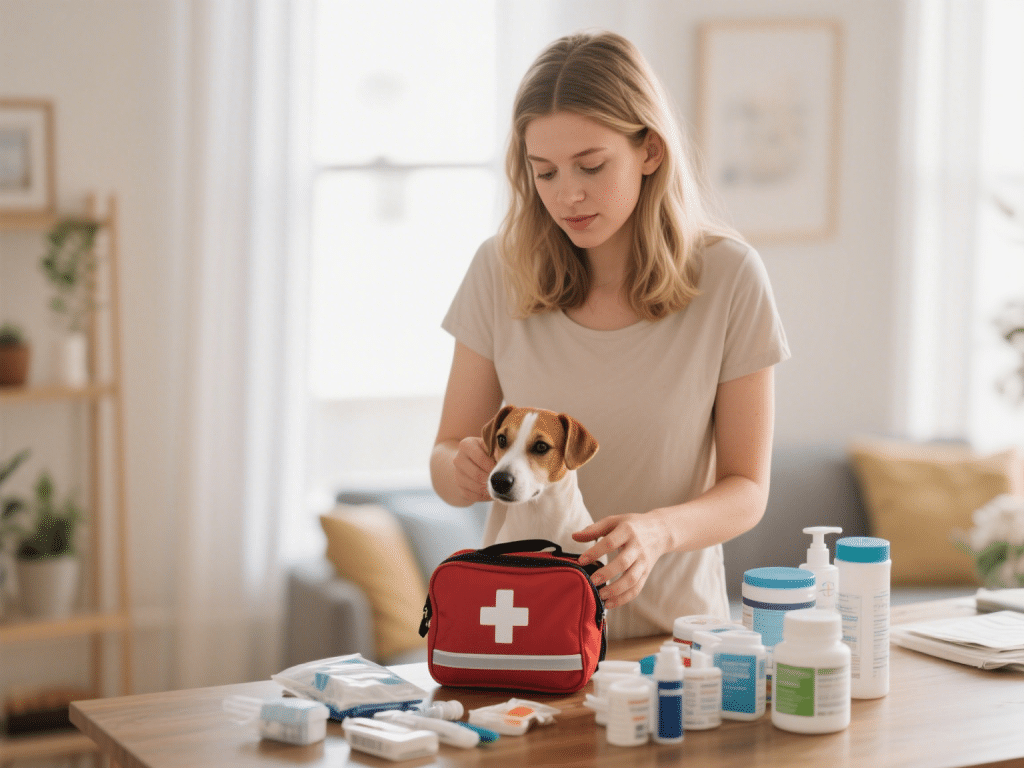
Introduction
Emergencies can occur unexpectedly, and having a dedicated pet first aid kit ensures you’re prepared to provide immediate care. This guide outlines essential supplies, proper organization, and tips for routine maintenance of your pet’s first aid kit.
1. Kit Organization and Storage
Container Choice: Use a durable, waterproof, labeled box or bag with compartments for easy access. Consider a transparent plastic bin or zipper pouch with separate pockets.
Location: Store the kit in a cool, dry place accessible to all family members. Place a duplicate travel kit in your car or carry-on for emergencies away from home.
Inventory Checklist: Create a printed checklist of supplies, expiration dates, and storage locations. Review and restock every six months.
2. Essential Supplies for Wound Management
Sterile Gauze Pads and Rolls: Use for cleaning wounds, applying pressure, and covering dressings.
Non-stick Adhesive Bandages: Flexible, self-adhering bandages that won’t stick to fur.
Adhesive Tape: Hypoallergenic medical tape to secure gauze; choose easy-tear options for quick application.
Antiseptic Solution or Wipes: Chlorhexidine or povidone-iodine for cleaning cuts and scrapes. Avoid alcohol-based solutions that sting.
Blunt-Tip Scissors: Useful for cutting tape, gauze, or safely trimming fur around wounds.
Disposable Gloves: Latex-free gloves to maintain hygiene and protect against bloodborne pathogens.
3. Tools for Immobilization and Fracture Support
Self-Adhering Wrap (Vet Wrap): Provides gentle compression and can secure splints without adhesives.
Splint Materials: You can improvise with rolled newspaper, cardboard, or purchase premade veterinary splints.
Muzzle or Leash: Pets in pain may bite. A soft muzzle and a sturdy leash help manage and control your animal.
4. Emergency Medications and Supplements
Hydrogen Peroxide (3%): For inducing vomiting if advised by a veterinarian within the correct time frame (only under professional guidance).
Activated Charcoal: Helps bind toxins; use only if specifically instructed by a pet poison control center.
Sterile Saline Solution: For flushing wounds, eyes, or noses.
Digital Thermometer: Pet-safe rectal thermometer to monitor temperature; record initial and ongoing readings.
Tweezers and Tick Removal Tool: For removing splinters, ticks, or debris from skin.
5. Additional Comfort and Monitoring Items
Ever-Present Emergency Contact Card: Pet poison control hotline, your veterinarian’s information, and backup emergency clinics.
Blanket or Towel: To keep your pet warm, prevent shock, or transport safely.
Flashlight and Extra Batteries: For nighttime emergencies or low-light situations.
Styptic Powder or Cornstarch: Quickly stops minor bleeding from nail trims or small wounds.
Eye Dropper or Syringe (No Needle): To administer oral medications or flush wounds.
Conclusion
A well-stocked pet first aid kit is vital for prompt response to emergencies. Regularly check expiration dates, replace used or outdated items, and ensure all family members know the kit’s location. With proper preparation, you’ll be equipped to handle common injuries or health crises effectively, providing critical support until professional care is available.
5:
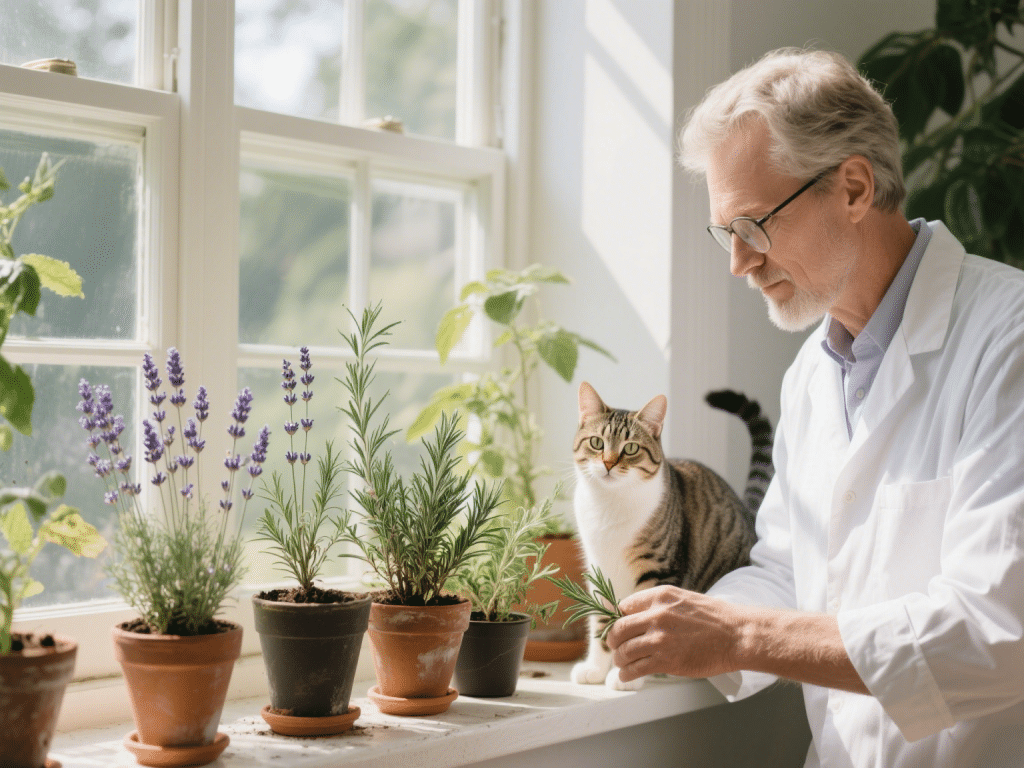
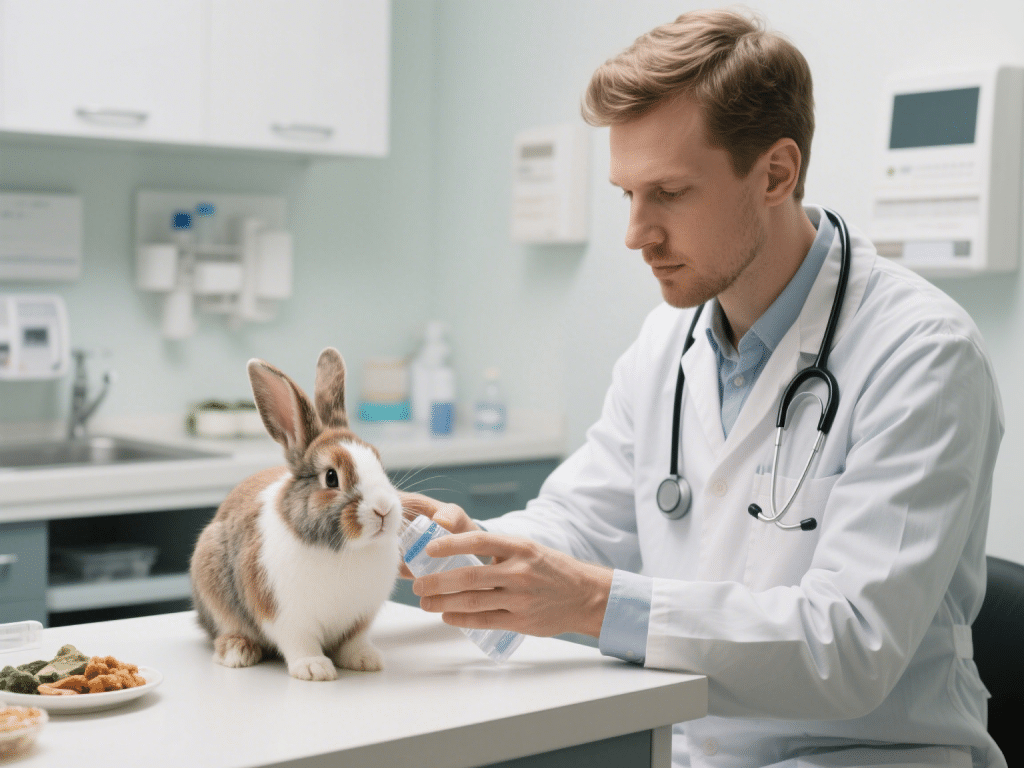
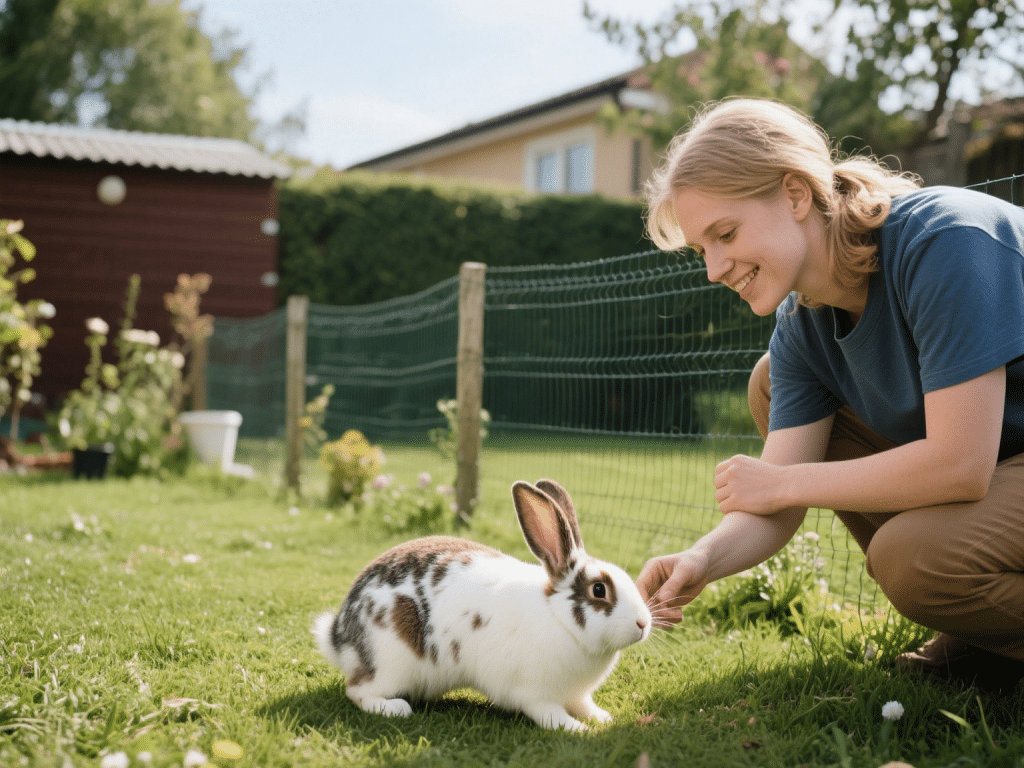
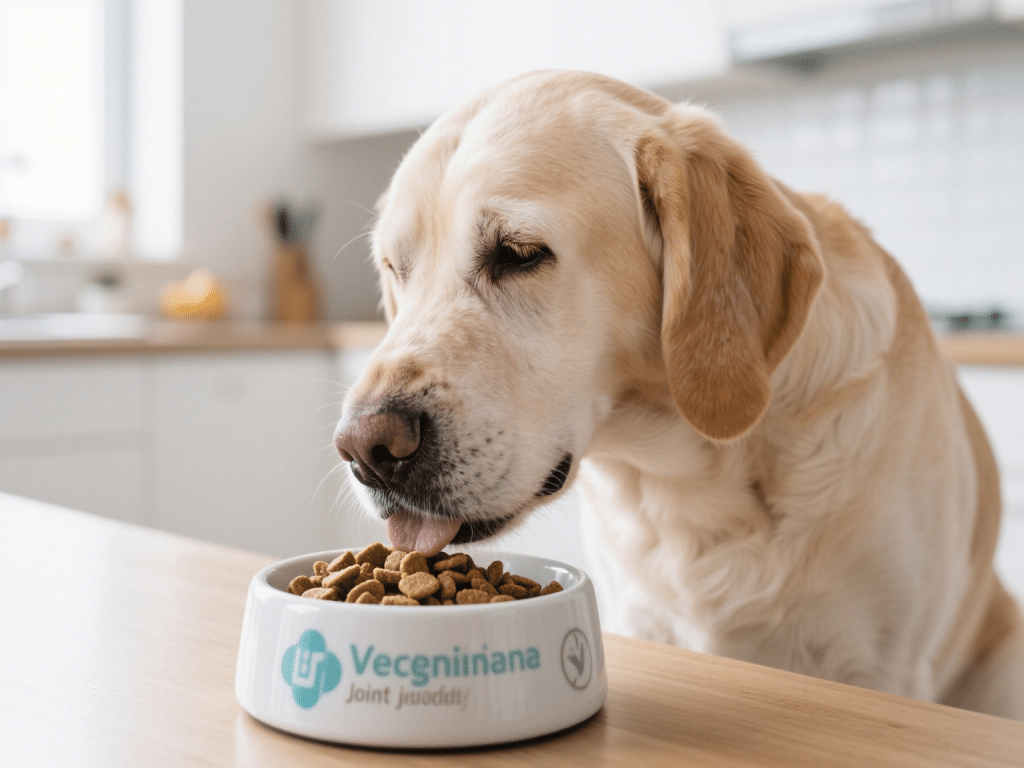
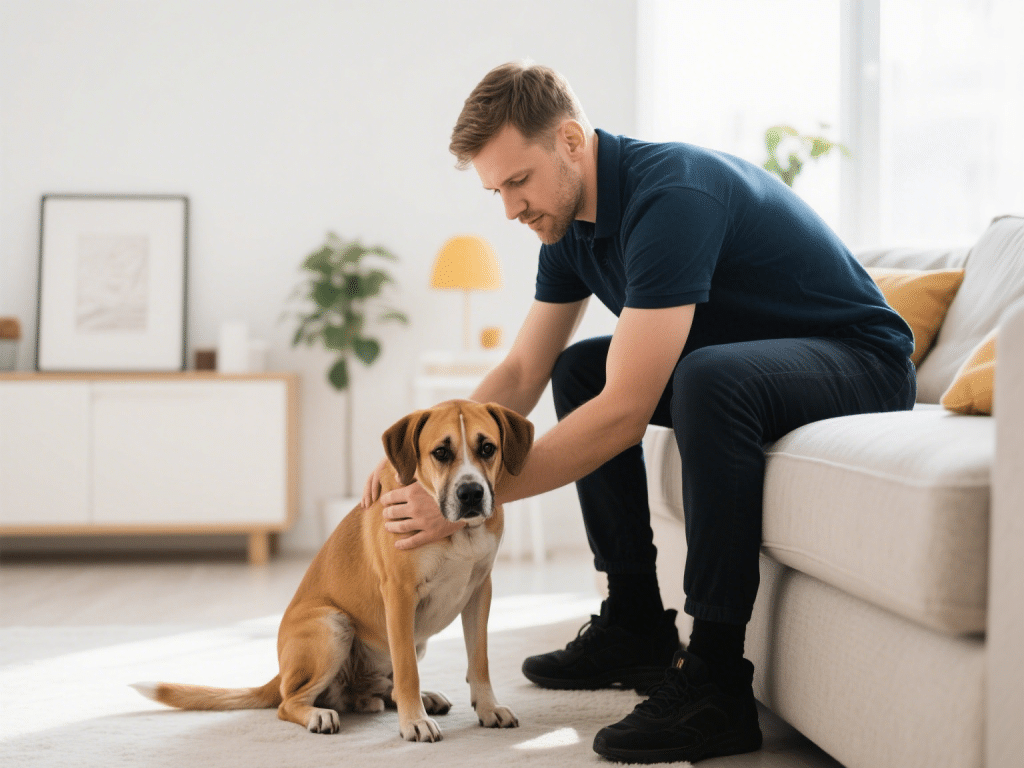

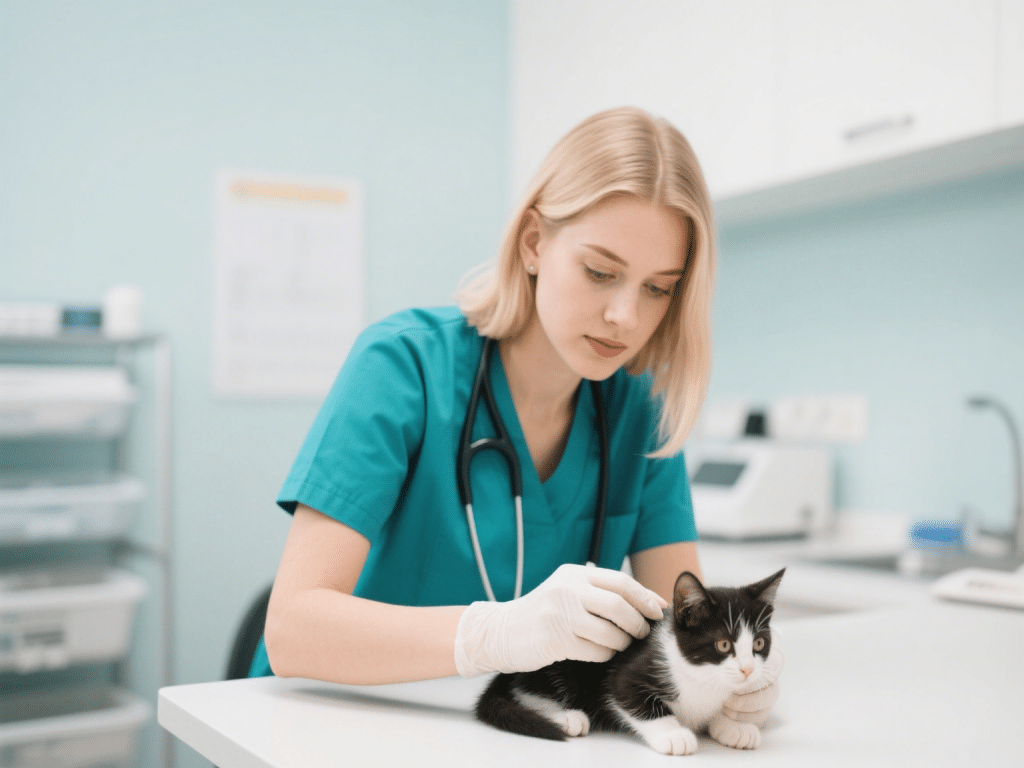
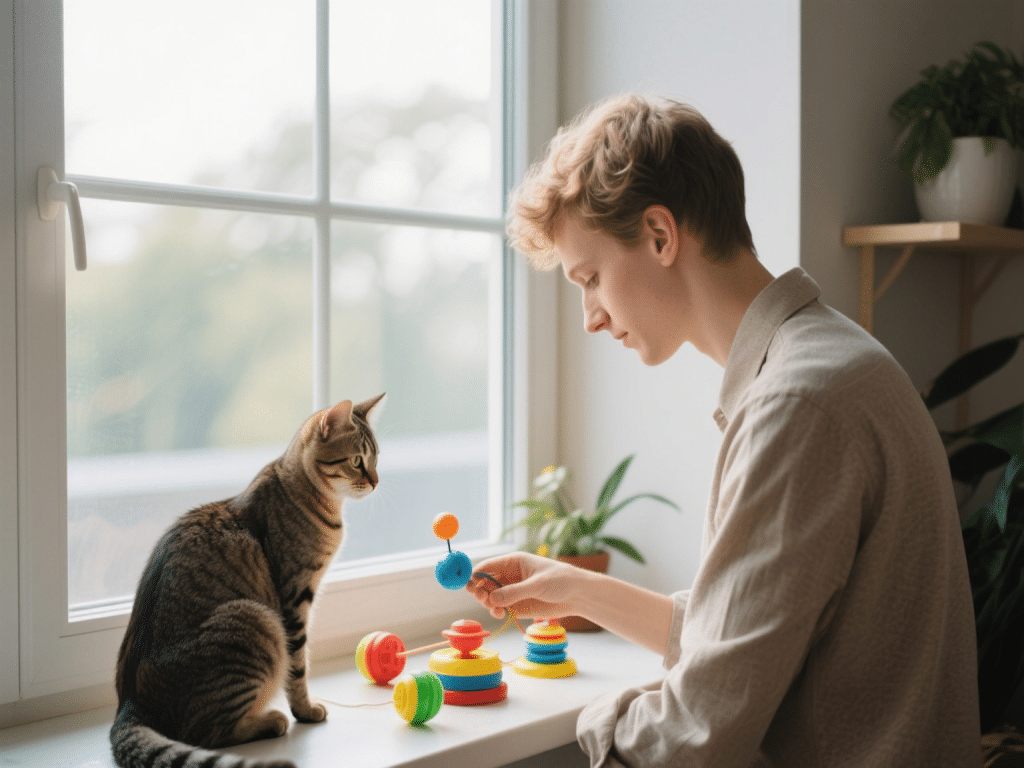
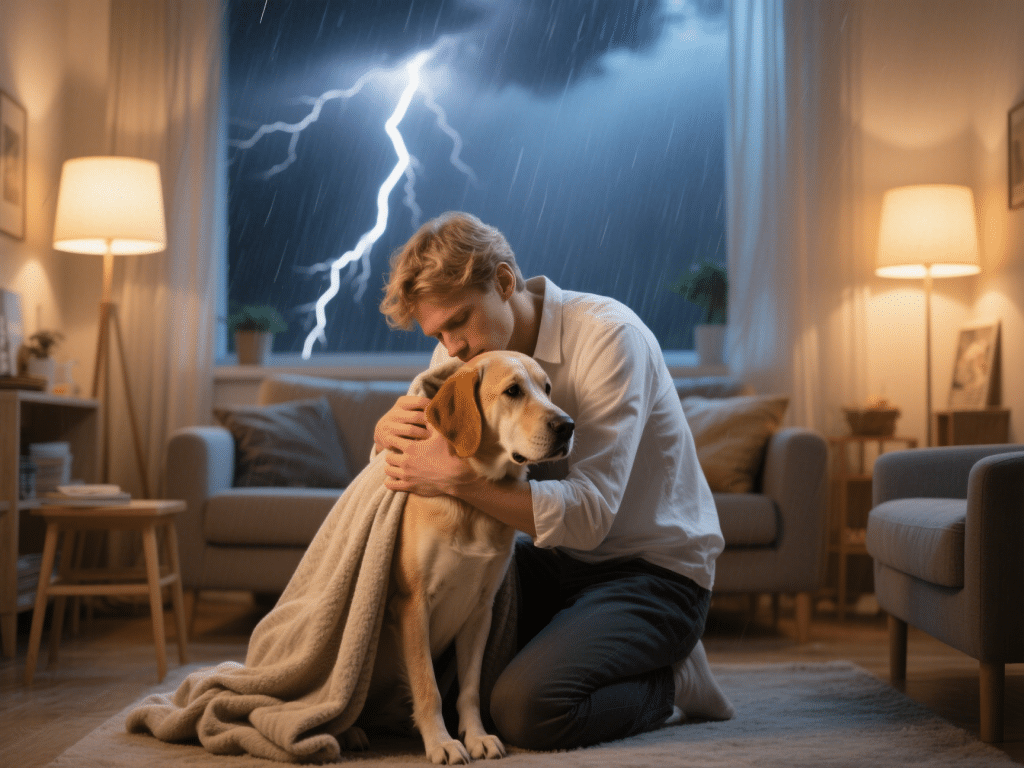
Comments on "Creating a Pet First Aid Kit: Must-Have Supplies" :